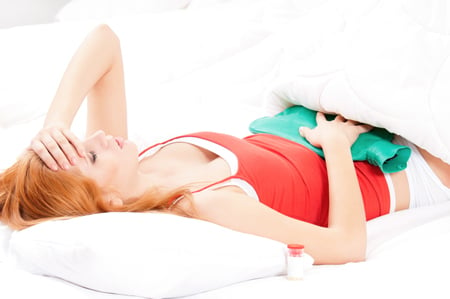What is Stress Incontinence?

Stress Incontinence is a common medical condition in which one leaks urine when one coughs, sneezes or exercises by running or jumping. Those with extreme cases experience urine leakage while walking, changing poses or laughing. Stress Incontinence is common among women; however, men also experience this condition, especially after a prostatectomy. Though not a severe condition, Stress Incontinence is an inconvenience in daily activities, an embarrassment that deters one from participating in social activities and exercising, and a cause of frequent urinary tract infection.
How do you get Stress Incontinence?
Normally, the pelvic floor tissues and muscles support the bladder. The sphincter stays closed to hold urine. When the sphincter and pelvic muscles and tissues are weak, any pressure on the abdominal and pelvic muscles such as coughing or sneezing causes the sphincter and urethra, the tube that carries urine outside the body, to open and leak urine.
Pregnancy and vaginal childbirth are common causes of Stress Incontinence. Other causes include aging, obesity, hormonal deficiency from menopause, diabetes, smoking, illnesses that cause chronic coughing and sneezing, excess consumption of caffeine or alcohol, pelvic surgery and prostate surgery.
What are the treatments from Stress Incontinence?
- Weight loss to reduce pressure on the bladder.
- Changing your fluid consumption pattern or giving up coffee or alcohol is worth the improvement in leakage.
- Pelvic muscle training (Kegel exercise) can strengthen sphincter and pelvic muscles. To perform this exercise, contract the muscles used to stop the urine stream during urination. Repeat often and perform regularly.
- Regular urination to reduce urine volume in bladder. Urine leakage is more likely to occur during coughing, sneezing or exercising if there is a lot of urine in the bladder.
- • Pads to absorb urine; however, they can cause dampness, odor, rash and infection.
- • Vaginal pessary can be inserted inside the vagina to support the bladder and compress the urethra, thereby preventing urine leakage.
- • Injectable therapy in which medicine or bulking agent is injected into the urethra to better seal its lining; however, this option is unpopular as long-term results are ineffective.
- Surgery such as a sling procedure to support the urethra which also strengthens and prevents it from opening during coughing, sneezing or exercising yields the best results, especially among those with extreme cases of Stress Incontinence. There are minimal post-surgery complications. If there are complications, they include inability to urinate or empty the bladder completely, urinary tract infection, frequent urination or inability to delay urination.
Reference
- Wood LN, Anger JT. Urinary incontinence in women.BMJ. 2014 Sep 15;349:g4531
- DuBeau CE. Epidemiology, risk factors, and pathogenesis of urinary incontinence. https://www.uptodate.com/home.
- 3. DuBeau CE. Treatment and prevention of urinary incontinence in women. https://www.uptodate.com/home.
